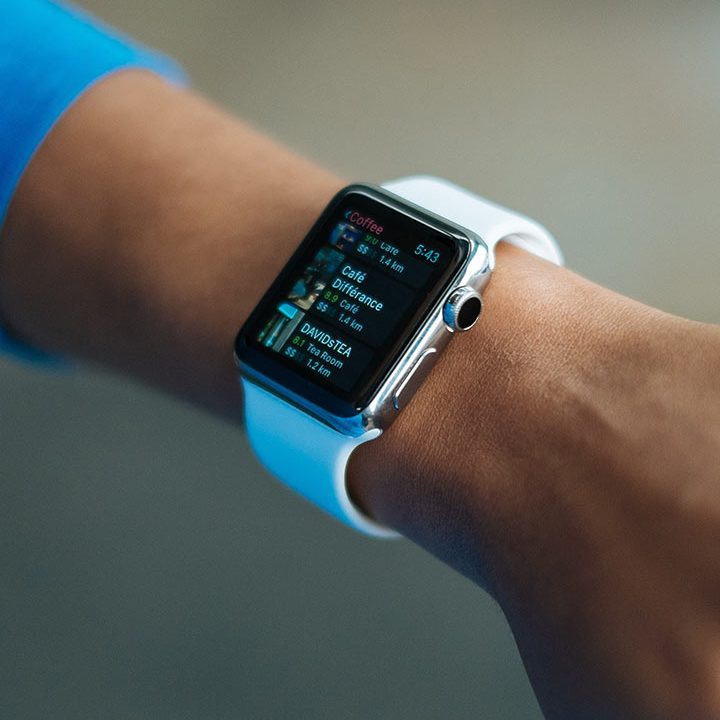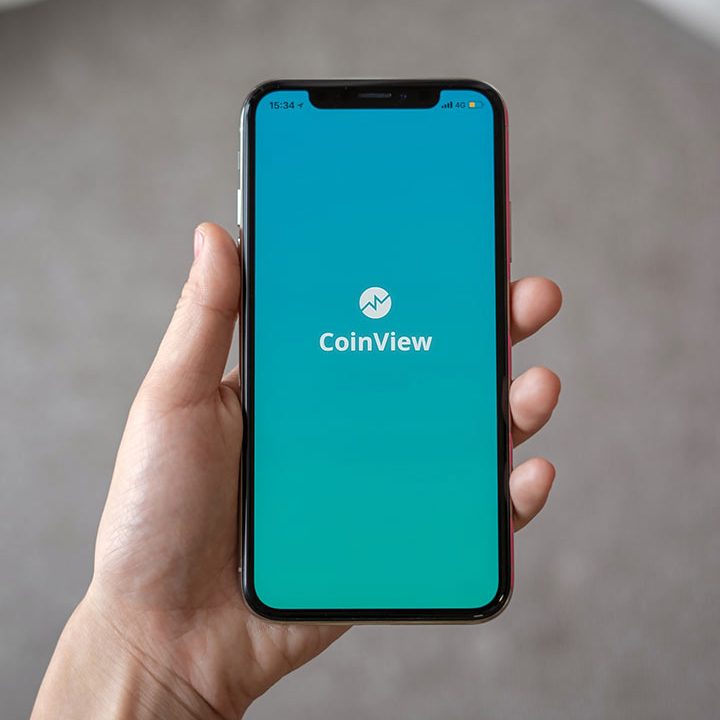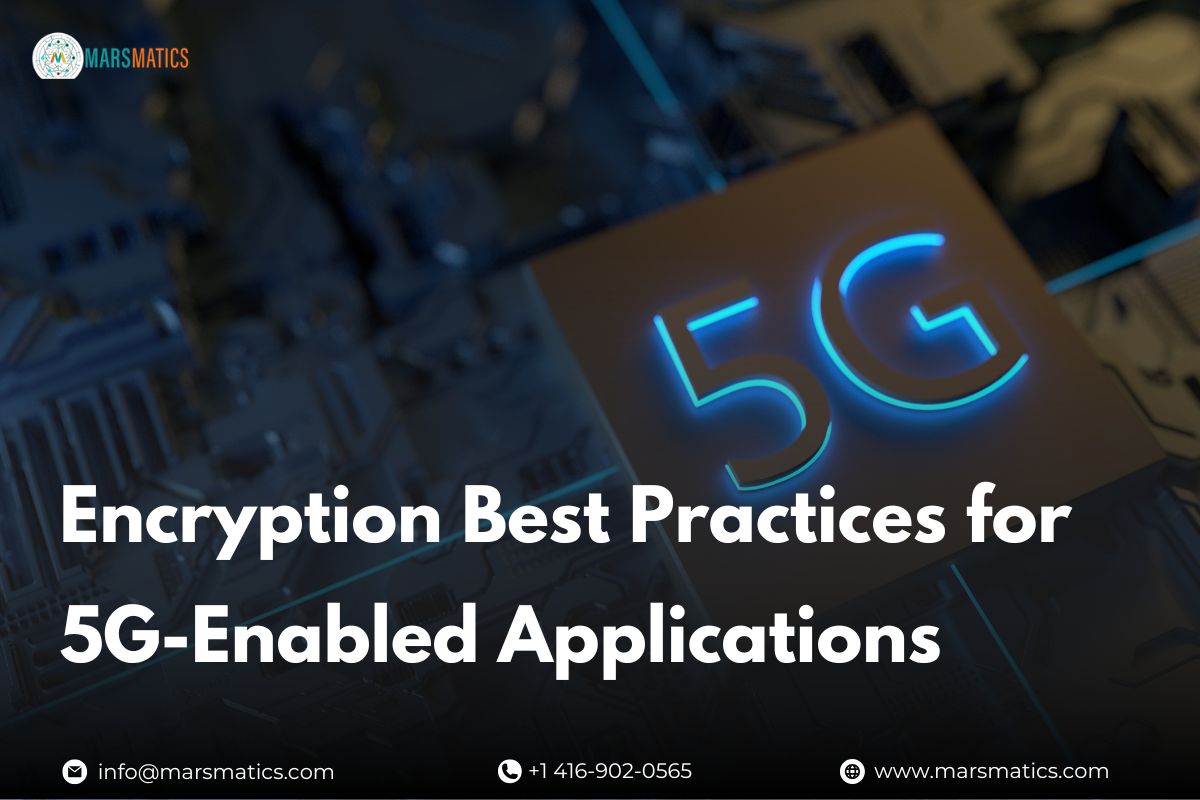Encryption Best Practices for 5G-Enabled Applications
The arrival of 5G has revolutionized the digital world—bringing ultra-fast speed, lower latency, and connectivity at scale. But with that speed and scale comes a whole new level of risk. For developers and businesses diving into secure 5G application development, ensuring encryption best practices are in place isn’t optional—it’s essential.
In this blog, we’ll break down why 5G needs stronger encryption, key principles to follow, 5G app encryption techniques, and the tools to secure your applications against modern threats.
Why 5G Requires Stronger Encryption
As 5G networks become the backbone of smart cities, self-driving cars, remote surgeries, and industrial IoT, the stakes have never been higher. Here’s why:
- Increased data speed = faster attack possibilities: With faster speeds, cyberattacks can happen in milliseconds. Any vulnerability can be exploited almost instantly.
- Broader device ecosystem: From smart fridges to industrial sensors, 5G connects a wide range of devices—each one a potential entry point.
- Network slicing and virtualized infrastructure: 5G introduces new architectural layers that expand the attack surface. Each slice needs its own secure perimeter.
- Low-latency use cases need airtight security: In use cases like autonomous vehicles and real-time healthcare, any delay or breach in data confidentiality could be catastrophic.
This makes 5G security best practices and encryption the front line of defense.
Core Encryption Principles for 5G Apps
To secure your 5G-enabled application, understanding the fundamentals is a must:
- Confidentiality, Integrity, Availability (CIA Triad): These three principles form the base of cybersecurity, ensuring data isn’t exposed, altered, or lost.
- End-to-end encryption in 5G: Encrypt data from the user’s device all the way to the server, especially across slices and edge nodes.
- Data-at-rest vs. Data-in-transit encryption: Protect both stored data (like databases or logs) and data being transmitted (APIs, real-time feeds).
🔍 Example: Think of a mobile health app streaming patient vitals over 5G. Without encryption, that data can be intercepted or manipulated, violating both privacy and safety.
Also Read: Security Challenges in 5G-Powered Mobile Apps
Best Practices for Encrypting 5G-Enabled Applications:
Let’s explore actionable steps and 5G app encryption techniques you can implement today:
a. Use Modern Encryption Standards:
Outdated encryption is like using a rusted lock. Stick with:
- AES-256, ChaCha20, and ECC (Elliptic Curve Cryptography)
- Avoid DES, 3DES, or MD5, which are no longer secure
These standards ensure robust encryption protocols for 5G use cases that demand performance and security.
b. Implement TLS 1.3 for Secure Communication:
Transport Layer Security (TLS) ensures secure data exchange over the network. TLS 1.3 brings:
- Faster handshakes
- Improved encryption suites
- Better resistance against downgrade attacks
📌 Bonus: Use certificate pinning to prevent man-in-the-middle (MITM) attacks, especially in mobile apps.
c. Adopt Zero Trust Architecture:
5G networks are borderless. With Zero Trust, you assume no one and nothing can be trusted—without verification.
- Secure identity and access at every layer
- Encrypt internal API traffic between services and microservices
This pairs well with end-to-end encryption in 5G environments.
d. Secure Edge and IoT Devices:
With many devices running lightweight operating systems, full encryption can be heavy. Instead:
- Use lightweight encryption protocols designed for constrained devices
- Add hardware-level security (TPMs, secure enclaves) where possible
This is vital for secure 5G application development in IoT-heavy environments.
e. Tokenization & Data Masking:
These methods limit data exposure, even if attackers breach your system.
- Tokenization replaces sensitive data with non-sensitive equivalents
- Masking hides parts of data during display/use (great for logs or UIs)
Used together with data encryption in 5G networks, they add a powerful layer of defense.
f. Regular Key Rotation & Management
Poor key handling = major risk. Use automated key management systems (KMS) such as:
- AWS KMS
- Azure Key Vault
- Google Cloud KMS
Schedule key rotations, use separate keys per environment, and enforce role-based access to key vaults.
Challenges with Encryption in 5G:
While encryption is a must, it’s not always plug-and-play:
- Latency vs. Security: Too much encryption can slow things down—especially in real-time applications.
- Multi-vendor infrastructure: Different vendors, different encryption implementations = interoperability challenges.
- Device diversity: From smart glasses to embedded medical devices—each has different resource limitations and needs custom strategies.
Following encryption best practices means striking the right balance between performance and security.
Also Read: Data Privacy Concerns in 5G Mobile App Ecosystems
Compliance and Regulations to Follow:
Depending on your industry, compliance is non-negotiable. Your 5G app must align with:
- GDPR, HIPAA, CCPA – for data privacy and healthcare apps
- 3GPP security standards – which govern 5G network architecture
- NIST guidelines – especially around cryptographic modules
By following these, you ensure your 5G security best practices are not just strong, but also legally sound.
Tools & Technologies for 5G App Encryption
To implement solid 5G app encryption techniques, here are some tools to consider:
- OpenSSL – Versatile and reliable encryption library
- Libsodium – Modern, easy-to-use cryptography
- AWS SDK / Google SDK – For managing cloud-based encrypted APIs
- Edge encryption frameworks – Real-time encryption for data processed at the network edge
These tools simplify implementing encryption protocols for 5G apps without reinventing the wheel.
Future of Encryption in 5G and Beyond:
The encryption landscape will continue evolving. Be ready for:
- Post-quantum encryption – To prepare for quantum threats that could break current algorithms
- AI-assisted encryption – Where algorithms detect threats and auto-adjust encryption layers
- Secure 6G foundations – Where encryption will be even more tightly integrated with AI and decentralized apps
For now, mastering encryption best practices is the key to staying a step ahead.
Conclusion:
As 5G redefines connectivity, it also challenges how we secure our apps. From the foundational CIA triad to TLS 1.3 and Zero Trust, it’s clear that encryption isn’t a bonus—it’s the bedrock of secure 5G application development. Embracing strong data encryption in 5G networks, using modern tools, and preparing for tomorrow’s threats will protect your users, your business, and your peace of mind.
FAQs
Q1: What is the best encryption for 5G applications?
AES-256, ChaCha20, and ECC are the most reliable algorithms used in 5G app encryption techniques today.
Q2: Is TLS 1.3 enough for 5G security?
It’s a strong foundation, but pairing it with certificate pinning, key rotation, and Zero Trust makes it much more effective.
Q3: How does 5G impact data security?
5G increases the speed, volume, and number of devices—making encryption best practices and secure architecture critical.
Q4: Can encryption slow down 5G apps?
Yes, but with modern, lightweight algorithms and proper optimization, you can balance speed and security effectively.








